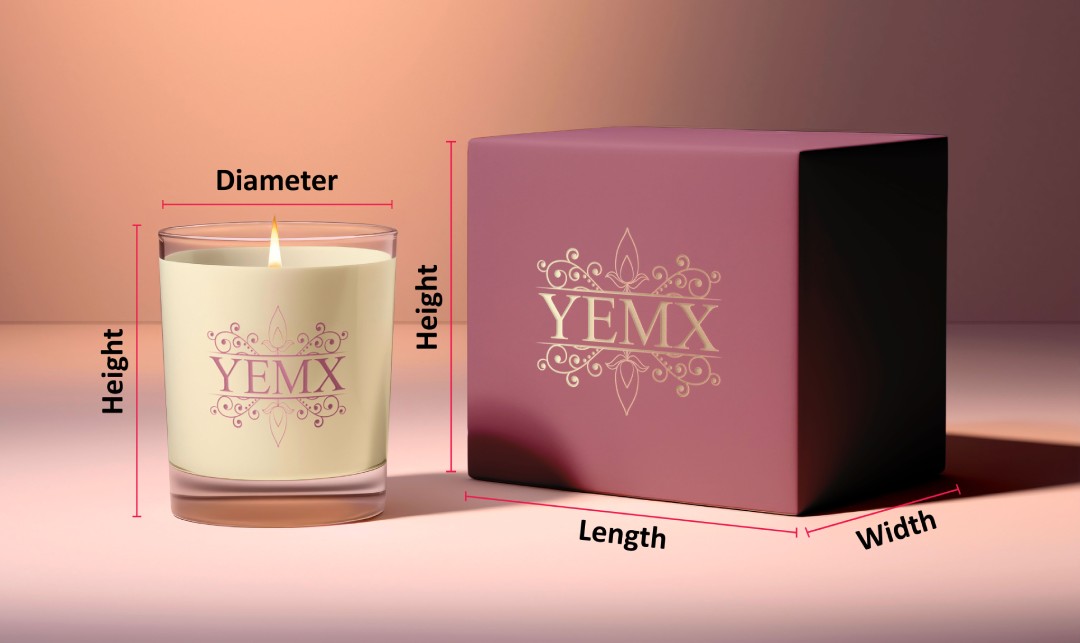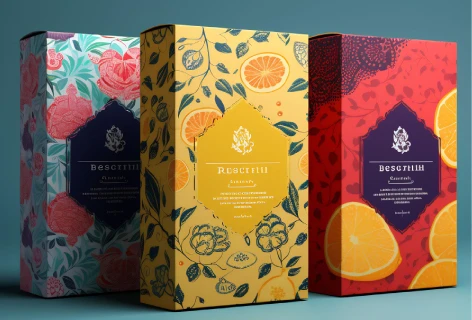How to Measure Rectangular and Cylindrical Products for Designing Effective Packaging

Accurate measurements are key to creating custom packaging that fits your product perfectly, and keeps shipping costs low while keeping the products safe during transit. Whether you are packaging items for retail shelves or shipping them to customers, knowing how to measure properly helps avoid issues like wasted materials, damaged goods, or oversized boxes. This guide breaks down the steps for measuring rectangular and cylindrical products in simple terms, making it easy to design packaging that looks great, fits well, and ensures your products reach their destination safely.
How to Measure Rectangular Products for Sturdy Packaging Solutions
Rectangular products are usually packaged in sturdy boxes, such as cardboard folding cartons, recyclable die-cut boxes, and mailer boxes made from corrugated cardboard. Product boxes are essential for protecting products during storage and transit. Rectangular or box-shaped items are among the most common product types, requiring careful measurement for efficient packaging. Accurate length, width, and height measurements ensure a snug fit, preventing damage and movement during shipping.
Follow these steps to calculate the three key dimensions:
- Length: Measure the longest side of the product. This is typically the front-facing side when displayed. Use a straight ruler or measuring tape to measure from left to right, one end to the other.
- Width: Measure the shorter side, which runs perpendicular to the length. Place the ruler or tape across the side panel of the product to capture this measurement.
- Height: Measure the vertical distance from the bottom to the top of the product. For most items, this is the distance from the base to the topmost edge when standing.
How to Measure Cylindrical Products for Custom Packaging
Cylindrical products, like bottles, jars, and cans, are often packaged in tube-style boxes, circular corrugated boxes, or round-shaped rigid packaging. These packaging types are designed to provide a snug fit for cylindrical items, preventing movement and damage during transport. Cylinder-shaped products require specific measurements to create custom packaging that provides the necessary protection. Tube-style boxes are often used for products like cosmetics or candles, while circular corrugated boxes are great for bottles or jars. Rigid packaging offers extra protection for delicate products, ensuring they reach their destination in perfect condition.
Here’s how to measure cylindrical objects accurately:
- Diameter: Measure the distance across the widest part of the product (typically the top or the bottom). Use a caliper or flexible measuring tape to capture this dimension accurately. For circular packaging boxes, the diameter of the box is typically set to slightly larger than the diameter of the box. When designing rectangular boxes, the product’s diameter value is used both as the length and the width of the box.
- Height: Measure the vertical distance from the bottom of the cylinder to its top. For bottles with caps, include the cap in your measurement to ensure complete coverage.
Packaging that is too tight can harm your product, while too much space wastes materials and allows unwanted movement during shipping. Accurately measuring dimensions strikes the perfect balance between protection and efficiency. Knowing the exact size of products ensures a secure fit, minimizes movement, and reduces the risk of damage during transit. It also aids in creating visually appealing and practical retail displays.
Essential Tips for Measuring Products for Packaging
Accurate packaging design goes beyond simple measurements - it involves considering how the products fit, their orientation within the box, and any involvement of additional features. These details ensure the packaging is functional and visually appealing while providing optimal protection.
- Tolerance for Fit: Leave a slight margin (e.g., 1-2 mm) to account for variations in manufacturing and ease of assembly.
- Product Orientation: Always measure based on how the product will be placed inside the packaging.
- Secondary Features: To ensure complete coverage, include additional components, such as handles, caps, or protrusions, in your measurements.
Following these detailed guidelines, you can design packaging that perfectly fits your product, enhances protection, and reduces material waste.


